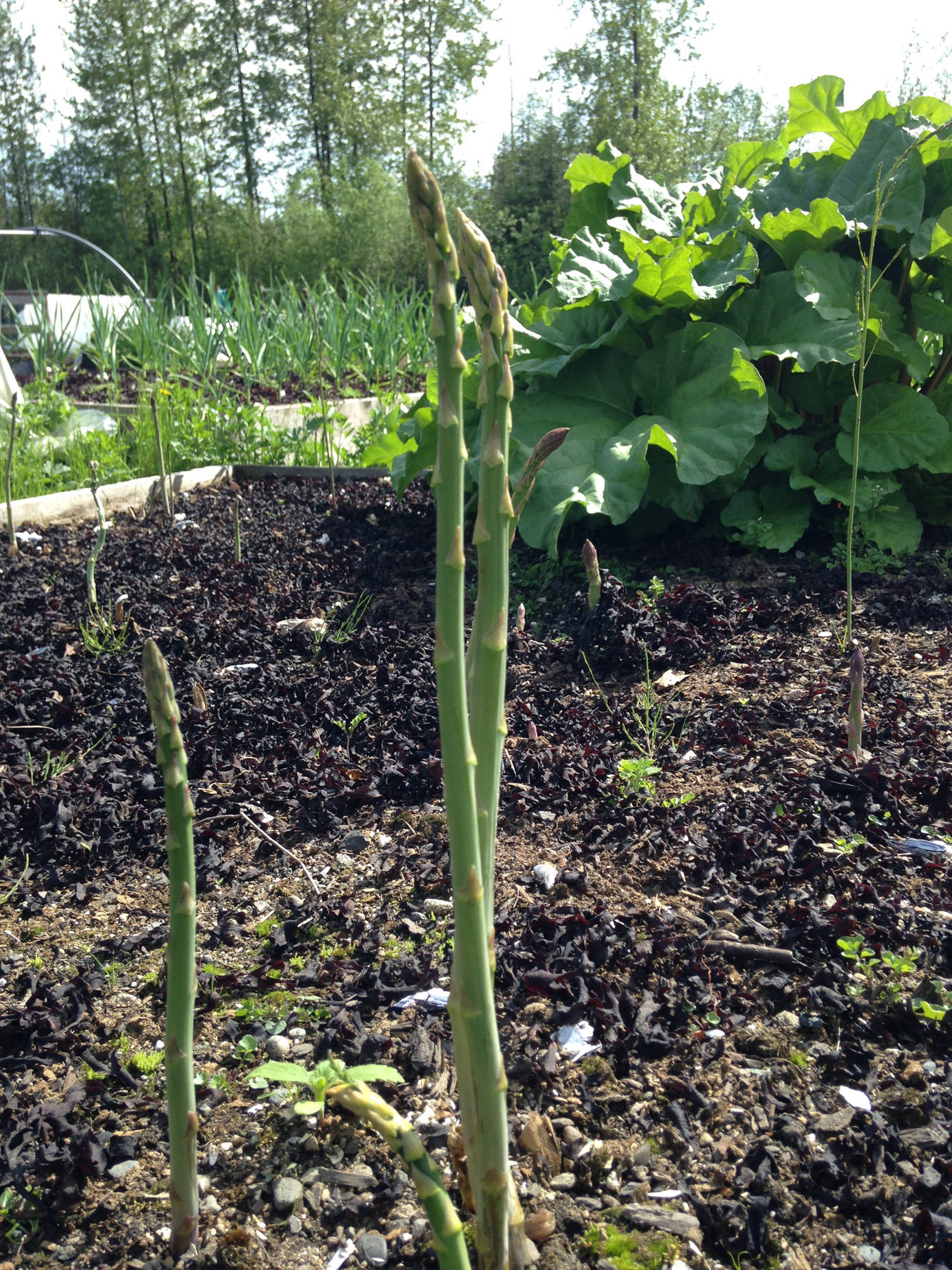I hope this isn’t your first gardening season here in Southeast. Our typical cold, wet season has gotten even shorter with an unusual string of low temperatures. This spring is in sharp contrast to the last two years, which were redolent with early promise.
May has seen some sunny stretches with chilly nights and then the clouds reappeared, making it feel too cold for many of the vegetables that need warmth to germinate. It’s only beginning to feel as if the warm temperatures are going to stay.
This past weekend, I walked around the community garden and noticed beds that need to be planted. It’s hard to sow seeds when you might need to replant the ones that didn’t germinate. I can blame two work trips this month for why I have not completed my planting, but I’ve hesitated because I wasn’t sure that it would be successful.
Some things are easier to risk such as potatoes and hardier plants that were begun inside. Peas are also easy because they are easier to re-plant if they fail. For other things, warmer temperatures are needed for seed germination. The plant waits for temperature signals that mark the right time to grow. If it doesn’t recognize certain signals, the seeds tend to rot rather than developing into a new plant.
I’ve held off sowing my vulnerable plants and tried some unusual ways to germinate them indoors at the temperature they prefer. This allows me to transfer them outside as sprouts.
Instead of sowing the lettuce seeds and setting them directly outside, I planted them in the warmest room of the house, my daughter’s room. There’s some resistance when you keep four planter boxes of dirt and one round container in someone’s space for more than a few hours.
As the seeds germinated, I moved them to my room. No amount of cajoling or pointing out how well they were doing would let me extend their stay in the hot room. I set them outside my windows during the day and then brought them inside at night. The plants were slower to mature than in previous years, but I’m beginning to harvest the leaves now.
Another thing I tried was broadcasting kale seeds in a large pot. Kale can germinate at temperatures as low as 40 degrees Fahrenheit, but warmer soil speeds things along. I then took the two-inch plants and put them in my raised bed. It was more work, but I’m hoping that during those cold patches, giving them a bit more of a head start will make a difference. The one problem that I’m facing is that broadcasting kale ends up in an overabundance. I’m foreseeing all things kale in my future.
June is upon us and if you haven’t planted all your beds, we are in the final stretches of opportunity. This might have been a tough spring, but it came eventually. The wetlands transformed into their carpet of green and the leaves have moved from their paler shades to the deep greens of summer foliage. Our holiday weekend showed us the what we hope the rest of the summer will look like. It’s the type of weather that makes gardening easier and helps us create the garden we envisioned on those cold, winter days.
• Corinne Conlon is a freelance writer based out of Juneau. She can be reached at dirtgirlgardening@gmail.com.

